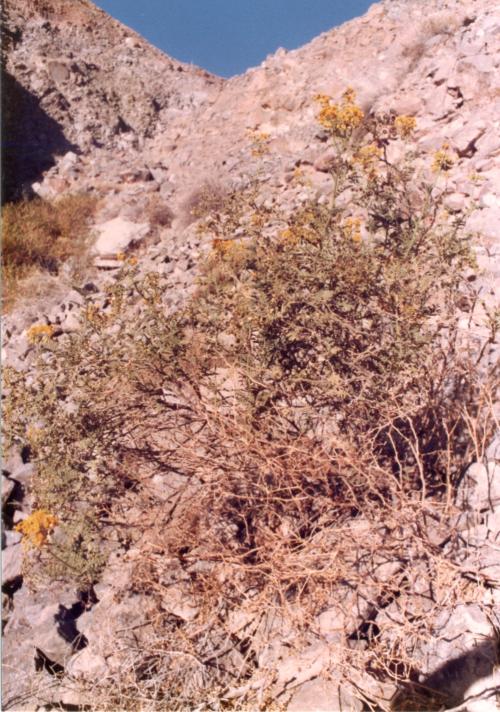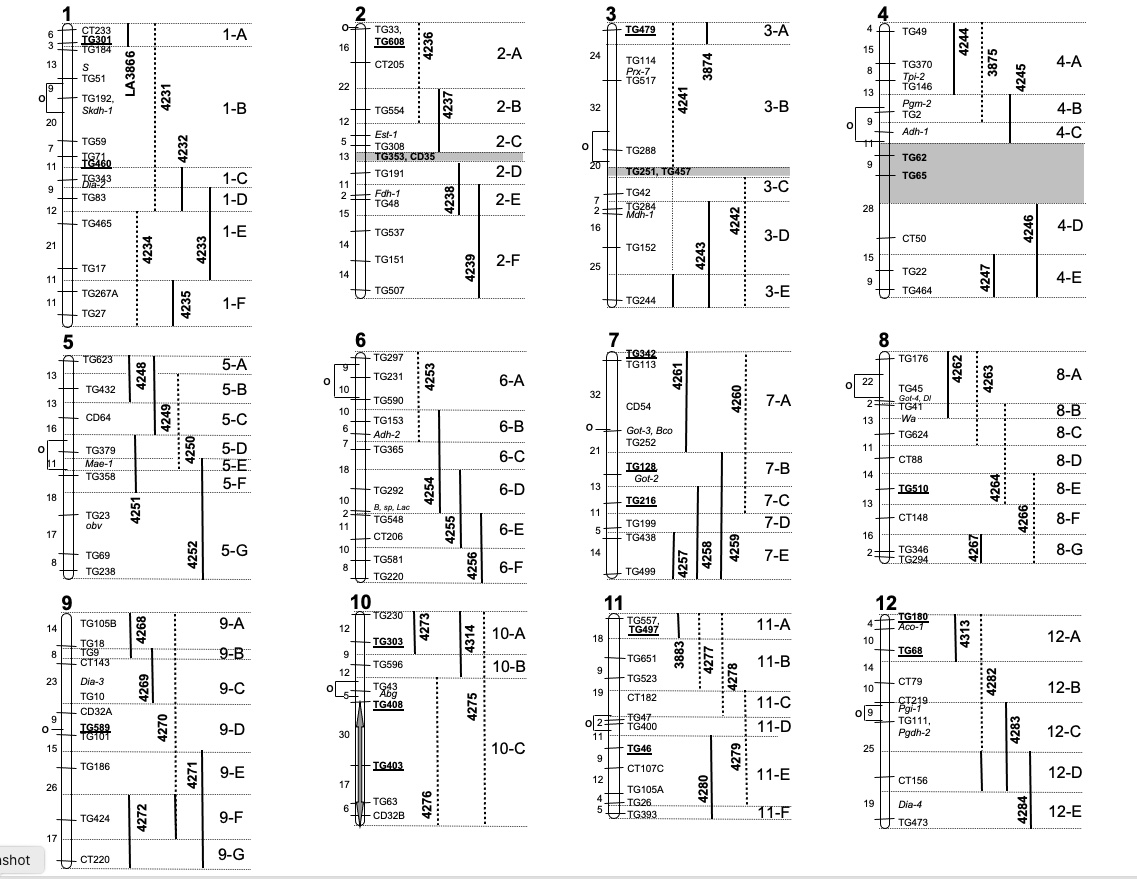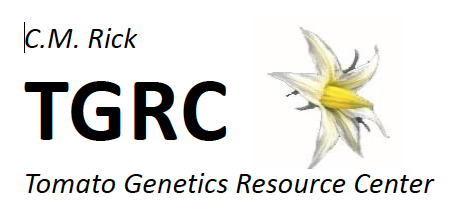
The TGRC developed a set of introgression lines (ILs) representing the genome S. lycopersicoides accession LA2951 (collected near Camiña, Chile) in the background of cv. VF36 (Canady et al. 2005). Each line contains one to several alien chromosome segments, identified by markers. The introgressed regions in each line have been precisely mapped by Powell et al. (2022). Many are available as homozygous stocks, but some must maintained via heterozygotes due to sterility. This IL library is split into a ‘primary set’ of 56 lines that provide maximum genome coverage and homozygosity, and a ‘secondary set’ of 34 lines with additional segments representing different recombination breakpoints for greater map resolution. Together the lines cover about 96% of the map units in the tomato genome. A few additional prebred lines (Chetelat et al. 1989; Rick et al. 1988) representing other accessions of S. lycopersicoides (LA2408, LA1964) are also available.
Many of the lines have reduced fertility, especially as homozygotes, and will generally set fruit better under greenhouse than field conditions. Manual self pollination may be needed to obtain adequate seed. In progeny of heterozygotes, the introgressed chromosome segments typically transmit in less than Mendelian ratios (Canady et al. 2005) and recombination is strongly suppressed (Canady et al. 2006), therefore population sizes should be adjusted accordingly.
For some lines our seed supply is so limited that only small seed samples can be provided.
For a listing of the accessions making up the S. lycopersicoides IL set, search Database Queries/Core collections and mapping populations.

More information can be found in the following publications:
Canady, M.A., V. Meglic, and R.T. Chetelat (2005) A library of Solanum lycopersicoides introgression lines in cultivated tomato. Genome 48: 685-697.
Canady, M.A., Y. Ji, and R.T. Chetelat (2006) Homeologous recombination in Solanum lycopersicodes introgression lines of cultivated tomato. Genetics 174: 1775-1778.
Chetelat, R. T., C.M. Rick, and J.W. DeVerna (1989) Isozyme analysis, chromosome pairing, and fertility of Lycopersicon esculentum x Solanum lycopersicoides diploid backcross hybrids. Genome 32: 783-790.
Powell et al. (2022) A Solanum lycopersicoides reference genome facilitates insights into tomato specialized metabolism and immunity. Plant J. 110:1791-1810.
Rick, C. M., R.T. Chetelat, and J.W. DeVerna (1988) Recombination in sesquidiploid hybrids of Lycopersicon esculentum x Solanum lycopersicoides and derivatives. Theor. Appl. Genet. 76: 647-655.
